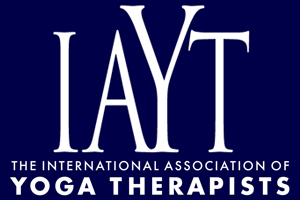Clinical Group Supervision in Yoga Therapy: Model Effects, and Lessons Learned
Clinical supervision is an integral component of therapist training and professional development because of its capacity for fostering knowledge, self-awareness, and clinical acumen. Individual supervision is part of many yoga therapy training programs and is referenced in the IAYT Standards as “mentoring.” Group supervision is not typically used in the training of yoga therapists. We propose that group supervision effectively supports the growth and development of yoga therapists-in-training. We present a model of group supervision for yoga therapist trainees developed by the New England School of Integrative Yoga Therapeutics™ (The NESIYT Model) that includes the background, structure, format, and development of our inaugural 18-month supervision group. Pre-and post-supervision surveys and analyzed case notes, which captured key didactic and process themes, are discussed. Clinical issues, such as boundaries, performance anxiety, sense of self efficacy, the therapeutic alliance, transference and counter transference, pacing of yoga therapy sessions, evaluation of client progress, and adjunct therapist interaction are reviewed. The timing and sequence of didactic and process themes and benefits for yoga therapist trainees' professional development, are discussed. The NESIYT group supervision model is offered as an effective blueprint for yoga therapy training programs.
